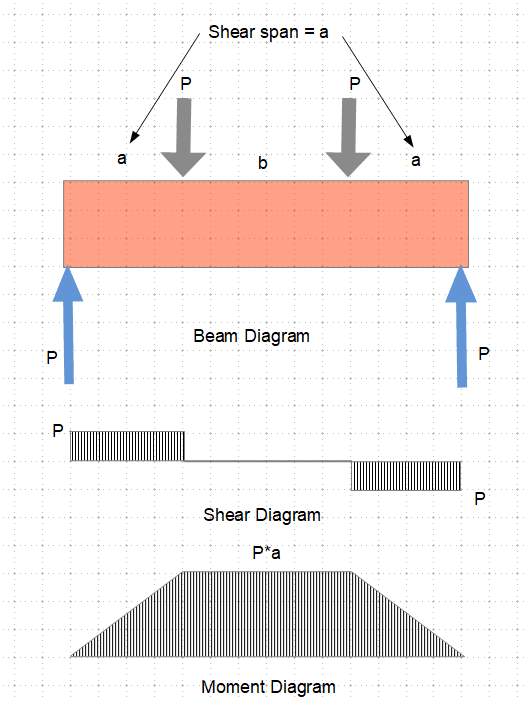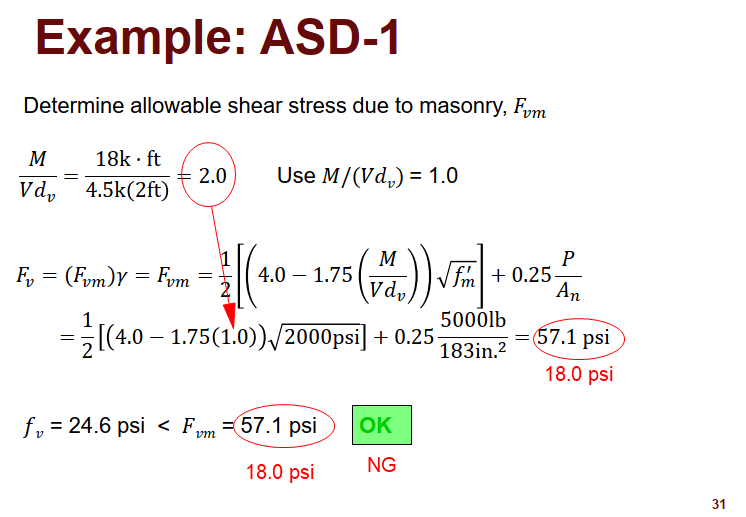StructuralAddict
Civil/Environmental
I appreciate if someone can give me an answer to this:
What is the shear span (M/V) of the following members?
1- uniformly loaded simply supported beam
2- cantilever with concentrated load at its tip
3- two-span continuous beam with uniformly distributed load on both spans
Thank you!
What is the shear span (M/V) of the following members?
1- uniformly loaded simply supported beam
2- cantilever with concentrated load at its tip
3- two-span continuous beam with uniformly distributed load on both spans
Thank you!




![[purpleface] [purpleface] [purpleface]](/data/assets/smilies/purpleface.gif)
